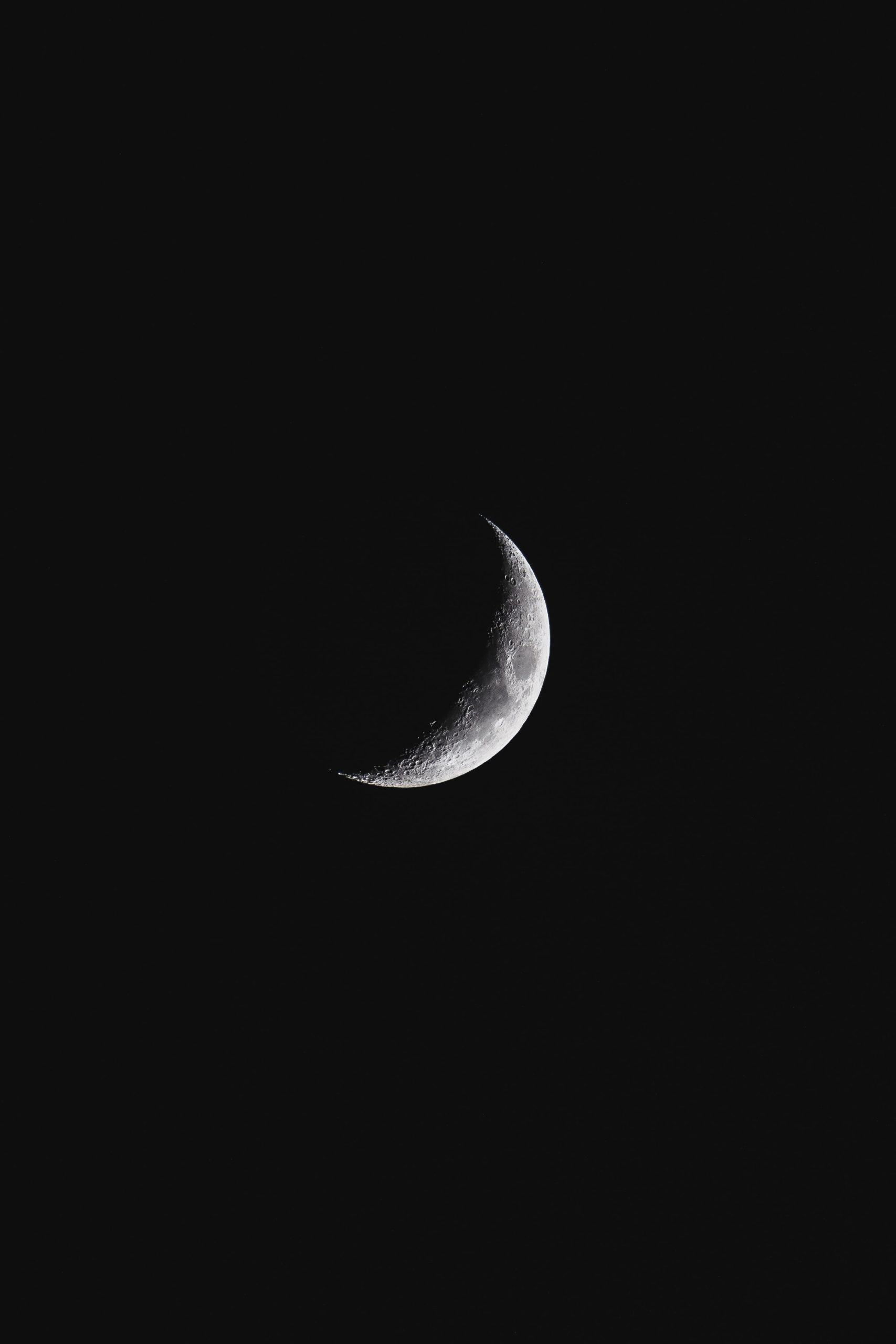The Ancient Wisdom: Kabbalah and the Tree of Life
The mystical tradition of Kabbalah has fascinated spiritual seekers for centuries. Rooted in Jewish mysticism, it offers a profound understanding of the universe and our place within it. Central to Kabbalah is the concept of the Tree of Life, a symbolic representation of the divine and the pathways to spiritual enlightenment. In this blog post, we will explore the origins, symbolism, and practical applications of Kabbalah and the Tree of Life.
Origins of Kabbalah: Uncovering Ancient Wisdom
The term “Kabbalah” derives from the Hebrew word that means “to receive.” It is believed to have originated between the 12th and 13th centuries, although its roots can be traced back much further. Kabbalistic teachings were initially passed down orally and were considered highly secretive and only accessible to a select few.
One of the earliest written texts on Kabbalah is the Sefer ha-Bahir (Book of Brightness), which emerged in Provence, France in the late 12th century. However, it was the 13th-century work known as the Zohar (Book of Splendor) that became the foundational text of Kabbalistic teachings.
The Zohar, attributed to the legendary sage Rabbi Shimon bar Yochai, delves into mystical interpretations of the Torah and serves as a guide to understanding the hidden aspects of the universe. It was the Zohar that introduced the concept of the Tree of Life, which later became central to Kabbalistic thought.
The Symbolism of the Tree of Life
The Tree of Life, known in Hebrew as Etz Chaim, is a symbol that represents the divine structure of the universe and the pathways to spiritual awakening. This ancient symbol consists of ten interconnected spheres, known as sefirot, and twenty-two connecting paths, which are associated with the twenty-two letters of the Hebrew alphabet.
The sefirot are often depicted as circles or globes, each representing a distinct aspect of existence. They are arranged in a specific pattern, forming three columns: the right pillar, associated with mercy and expansiveness; the left pillar, associated with severity and restriction; and the central pillar, representing balance and harmony.
Here is a table showcasing the ten sefirot:
| Sefirot | Hebrew | Meaning |
|---|---|---|
| Keter | כֶּתֶר | Crown |
| Chokhmah | חָכְמָה | Wisdom |
| Binah | בִּינָה | Understanding |
| Chesed | חֶסֶד | Kindness |
| Gevurah | גְּבוּרָה | Severity |
| Tiferet | תִּפְאֶרֶת | Beauty |
| Netzach | נֶצַח | Eternity |
| Hod | הוֹד | Splendor |
| Yesod | יְסוֹד | Foundation |
| Malkhut | מַלְכוּת | Kingdom |
Each sefirah represents a divine attribute or quality, and together they form a complex network of interconnected energies. The Tree of Life serves as a roadmap for spiritual growth, offering guidance on how to balance and integrate these various aspects within ourselves and in our relationship with the world.
Practical Applications: Pathworking and Meditation
One of the ways to explore Kabbalah and the Tree of Life is through pathworking and meditation. Pathworking involves visually and mentally traversing the pathways of the Tree of Life, immersing oneself in the energies and wisdom of each sefirah.
Practitioners may choose to focus on one sefirah at a time, contemplating its qualities, and meditating upon its associated Hebrew letter, color, and divine attribute. Through this process, individuals can cultivate a deeper understanding of themselves and the world around them.
The Tree of Life acts as a powerful tool for self-reflection and personal development. It invites individuals to examine their strengths, weaknesses, and areas for growth, encouraging a harmonious integration of the diverse aspects of their being. It serves as a guide for spiritual transformation, enabling individuals to cultivate virtues and transcend limiting patterns.
Table of Contents
- Origins of Kabbalah: Uncovering Ancient Wisdom
- The Symbolism of the Tree of Life
- Practical Applications: Pathworking and Meditation
Conclusion
Kabbalah and the Tree of Life offer a profound spiritual framework for understanding the universe and our place within it. Through its intricate symbolism and practical applications, Kabbalah invites seekers to embark on a journey of self-discovery and enlightenment.
By exploring the interconnected sefirot and their divine attributes, individuals can cultivate a greater understanding of themselves, attain spiritual balance, and align with the harmonious energies of the universe. Whether through pathworking, meditation, or studying the ancient texts, Kabbalah offers a wealth of wisdom for those seeking a deeper connection to the divine.
Embark on the mystical journey of Kabbalah and experience the transformative power of the Tree of Life.
Table of Contents
